Float Fishing on Rivers with Wagglers
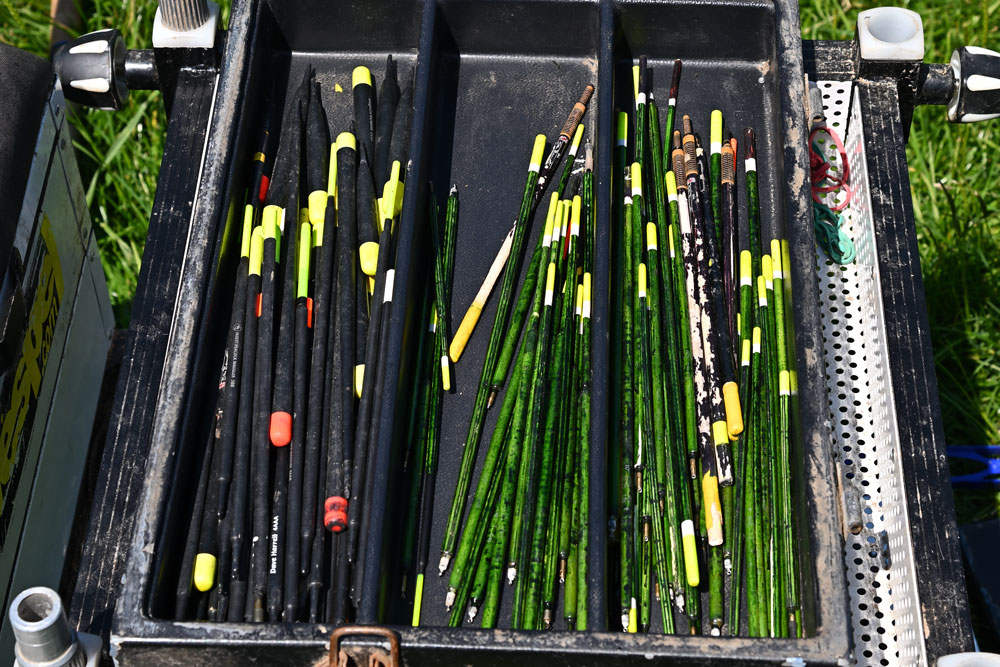
Wagglers are an essential float for river anglers, they are very versatile and can be used with a variety of baits and for targeting most river species.
Unlike most river floats, Wagglers are fixed by the bottom end of the float only. The bulk of the float’s capacity is fixed around the float, and this makes them brilliant for casting longer distances easily and efficiently. This type of shotting also makes them perfect when fishing hookbaits “on the drop”.
Most of the wagglers I use are constructed using peacock quill. For me, there is no better material for making wagglers. Peacock is extremely buoyant and lightweight, and these attributes make them cast accurately and land gently and quietly.
As peacock quill is a natural material, there can be inconsistencies in its shotting capacity, and therefore, shotting is not as accurate as modern float materials like plastic. However, I’m prepared to live with this and believe the advantages in presentation are more important. Furthermore, different sections of the peacock quill have different attributes, and they can be employed to produce different types of wagglers.
Nearly all the peacock wagglers I use are made by Drake floats. I’ve used them for years and really like them. Most are semi loaded, and that’s another reason I really like these floats. I buy mine from Lanes in Coventry, and they have a big selection.
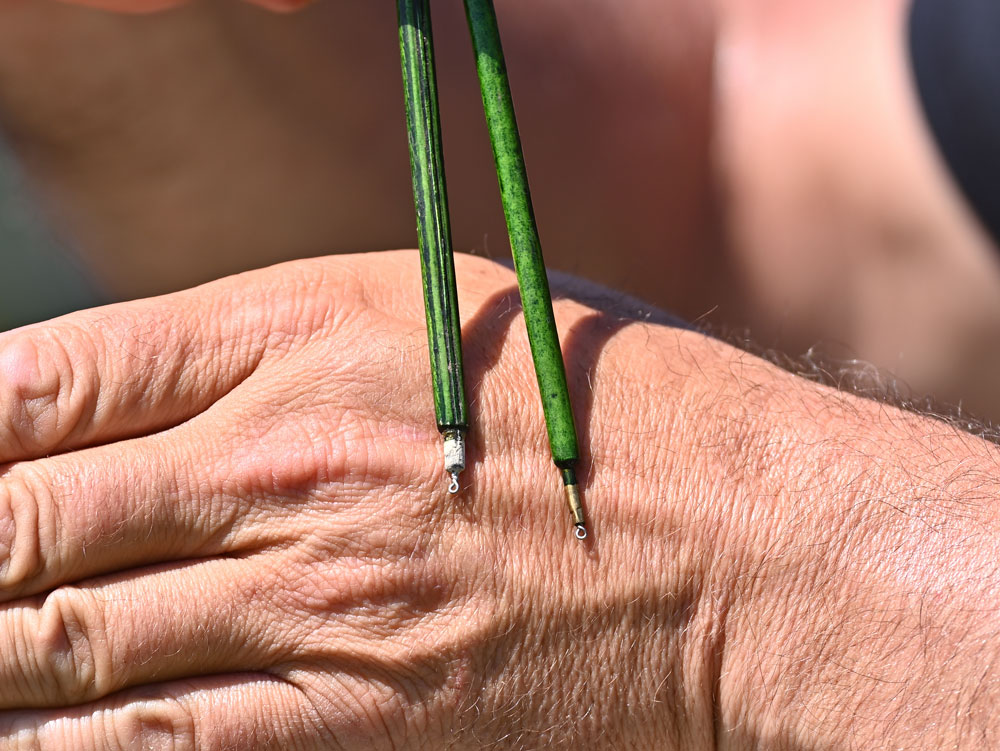
This loading equates to approximately 50% of the floats capacity and helps reduce the size and weight of the bulk shot required to lock the float. However, unlike a fully loaded waggler, the float does not dive too deep into the river on the cast and makes them better to control when mending the line.
As with all my river floats, I’ve tried to standardise the Wagglers I use most of the time and have grouped them into 3 families:
Insert Peacock Wagglers
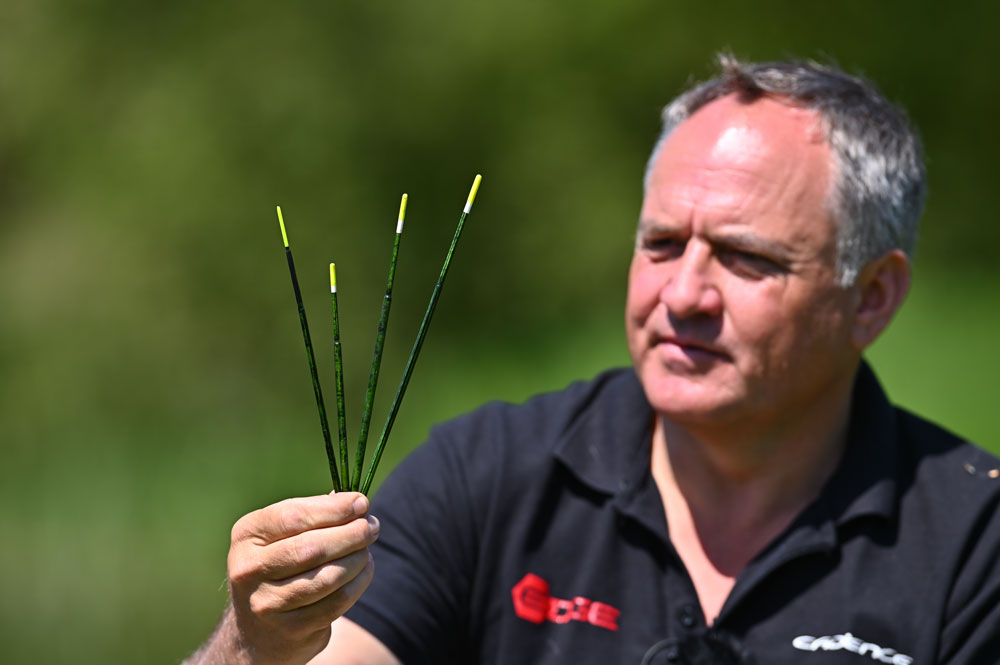
- Typical capacity range = 2BB-3AAA
- Semi Loaded (approx 50% of capacity)
- Mainline: 0.12mm Edge Tackle Premium Mono to 3lb Edge Tackle Float Mono
- Hooklengths: 0.07mm – 0.12mm Edge Tackle Premium Mono or Edge Tackle Fluorocarbon Pure
- Hooks: Drennan Fine Match 22-18, Carbon Match 22-16, Kamasan B510 20-16 for bigger chub
- Target species: Chub, Roach, Dace
Insert wagglers provide more sensitivity when targeting smaller fish and when fishing on the drop for species like chub and dace.
Typically, they are lower in shotting capacity and shorter in overall length, and this really helps when fishing shallower pegs and when fishing up in the water.
I prefer the float inserts to be made from a thinner section of peacock as they are sensitive but also easy to shot and seem to read bites better. With this type of waggler, it’s important to “dot the float” precisely to help minimise resistance when a fish takes the bait and help show indications on the float as the shot is settling.
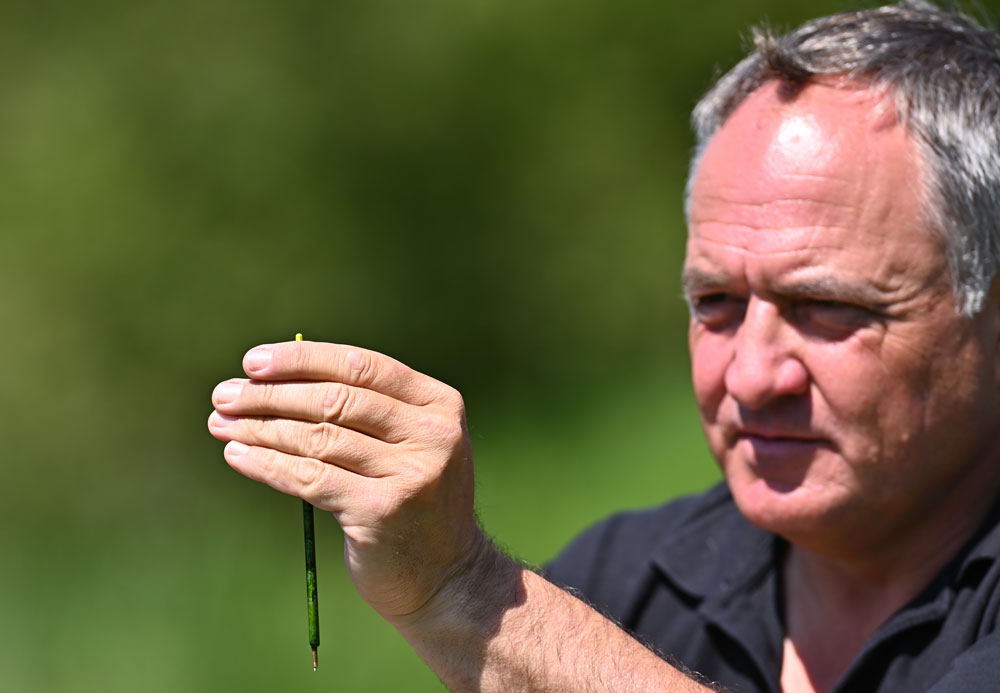
Insert wagglers are great when targeting smaller fish but also important when targeting tricky bigger chub in tough conditions (low and clear river conditions). Consequently, it’s a float that typically requires some finesse in terms of line and hooks.
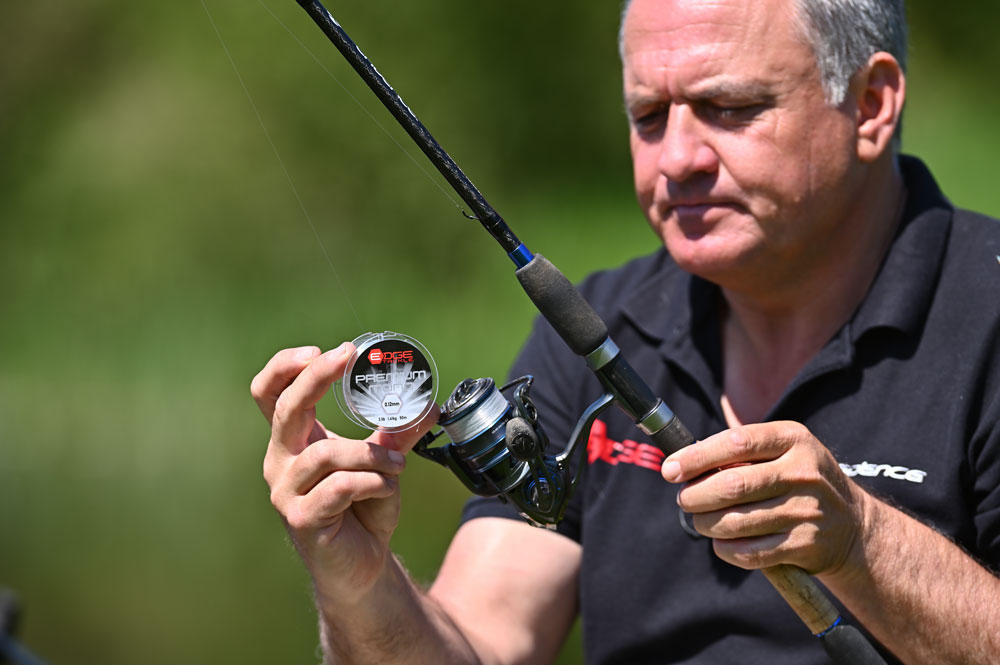
I like to use a fine reel line when using insert peacock wagglers and typically select 0.12mm Edge Tackle Premium Mono. The helps improve casting distance when using lighter floats, but also helps to balance with lighter hooklengths.
In most cases, I would match this reel line with hooklengths that would range from 0.07mm-0.10mm Edge Tackle Fluorocarbon Pure or Edge Tackle Premium Mono.
Hook choice would be Drennan Fine match in sizes 22 – 18.
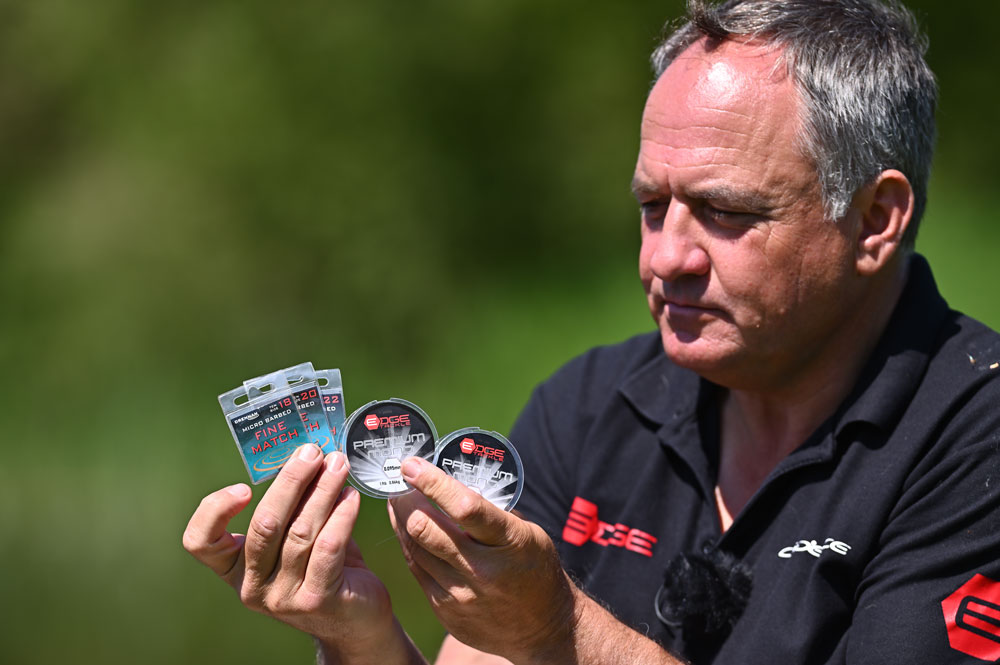
If I was targeting bigger chub on pegs that required heavier hooklengths, I would select Edge Tackle Float Mono in 3lb (0.14mm) or 4lb (0.16mm) as a reel line and increase the hooklengths appropriately.
One of my favourite hook patterns in this situation would be the Kamasan B510 in sizes 20-16.
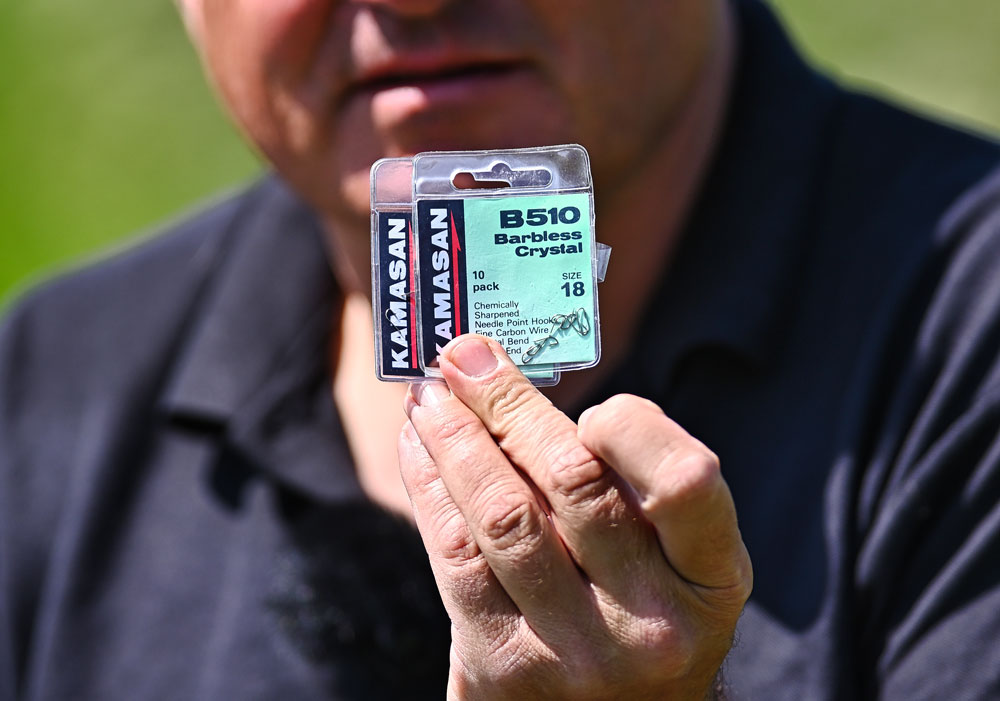
Straight Peacock Waggler
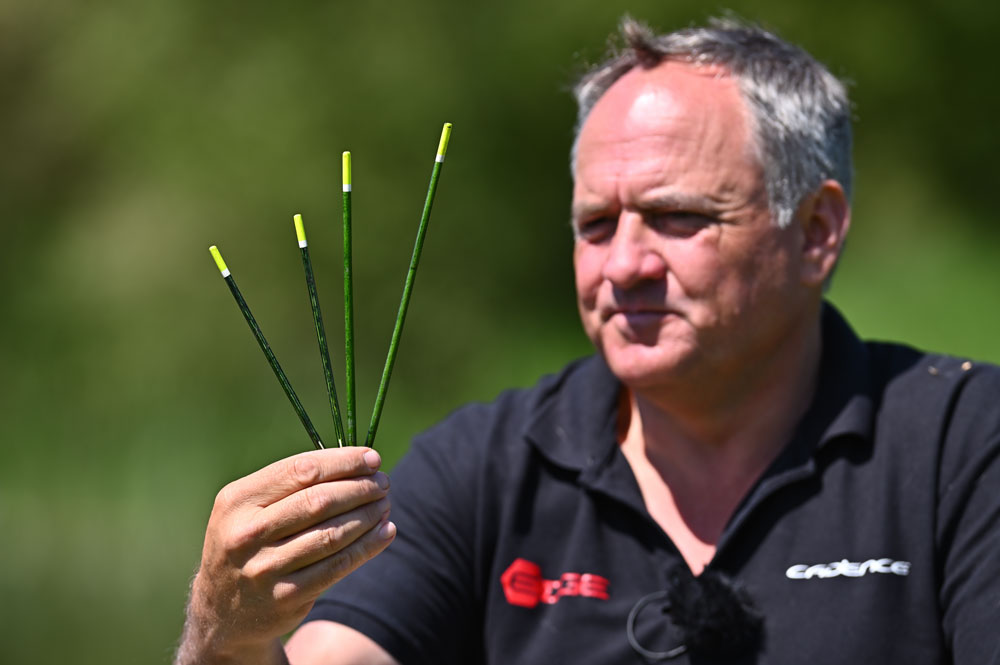
- Typical capacity range = 3BB-5AAA
- Semi Loaded (approx 50% of capacity)
- Mainline: 3lb to 5lb Edge Tackle Float Mono, 3lb Edge Tackle Sinking Mono when sinking the line
- Hooklengths: 0.08mm – 0.12mm Edge Tackle Premium Mono or Edge Tackle Fluorocarbon Pure
- Hooks: Carbon Match 22-16, Kamasan B510 20-16, B711 21-15, Wide Gape Power 16-12
- Target species: Chub, Roach, Dace
Straight peacock wagglers are floats that provide great versatility and will cover most UK river situations. My choice of Drake peacock wagglers are available in different lengths and diameters, and this means I can select the perfect float for the situation and river I’m fishing.
I like using the thinner straight peacock wagglers when fishing with more finesse in deeper pegs (6ft-12ft). They take over from the insert waggler in these situations as the increased length makes them more stable, but they are also very sensitive. I would match these floats with similar lines and hooks as the insert wagglers.
The next step up in diameter are standard straight peacock wagglers. These floats can be used in so many situations and these are my favourite floats when fishing bigger rivers like the Trent, Severn, and Wye. Because they have a decent tip diameter, they are easy to see, especially when fishing at longer ranges. Despite the thicker diameter, they are quite sensitive, especially if it’s possible to dot the float in the same way as the insert wagglers.
As these floats require larger locking shot, I thought I would reference the type of non-toxic shot I prefer.
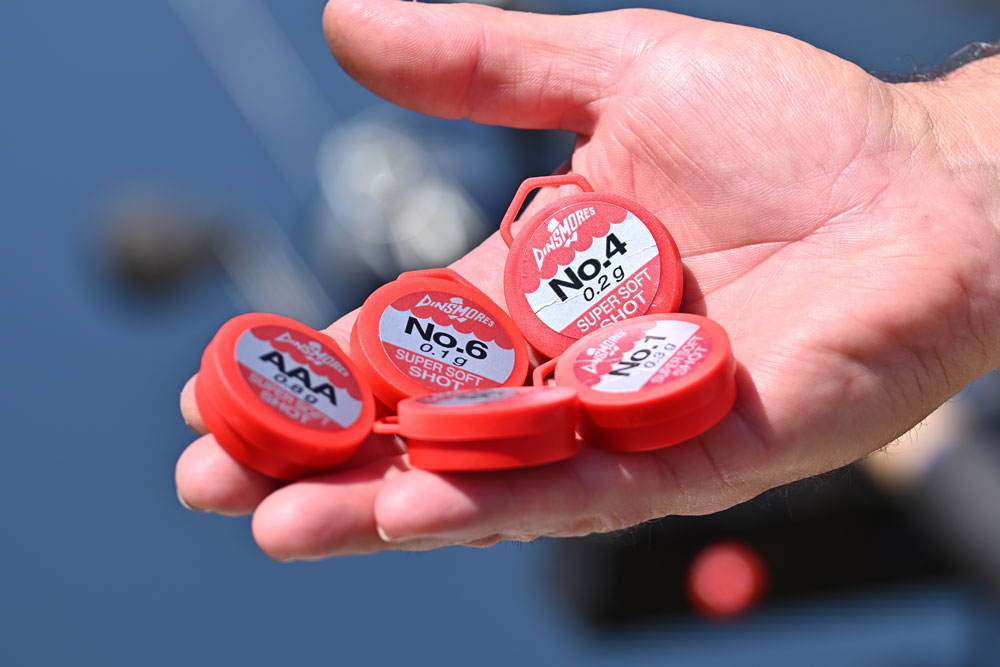
I like the coated shot from Dinsmores because they can be moved without damaging the line. I just squeeze them gently in position either side of the float adaptor and lock them with a number 8 shot each side. I try to balance the shot either side of the float, as this makes them cast better and reduces tangles.
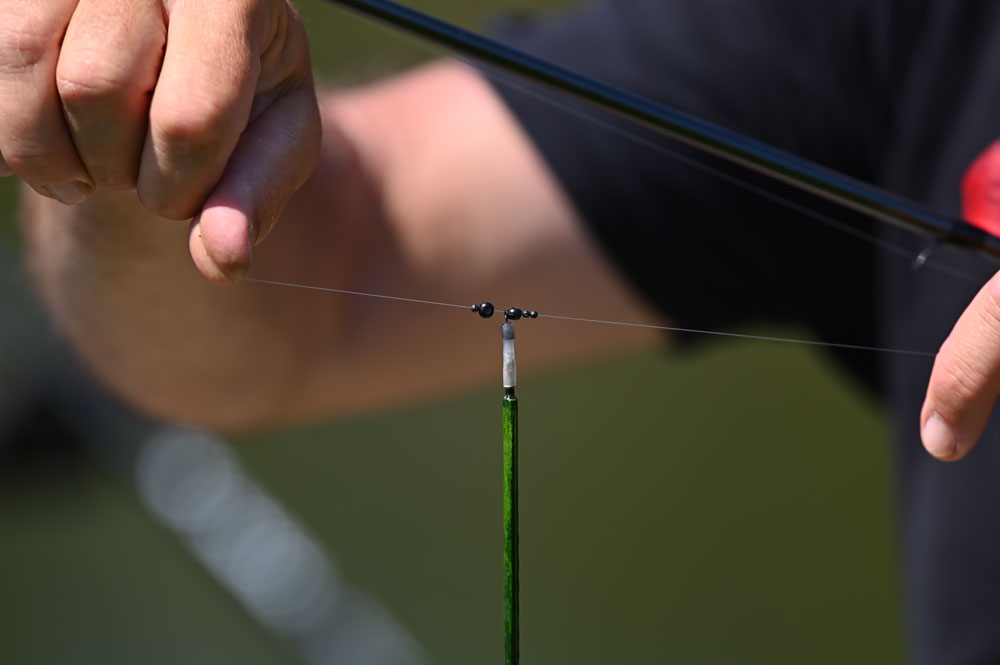
With these floats, I like to incorporate a good number of smaller “dropper” shot into the rig. Something like 4-8 number 8 lead shots and 1-2 number 10s. This means it’s easy to adjust the shotting patterns to best suit the conditions and swim.
In some cases, when fishing up in the water and on the drop, it’s only necessary to have two or three dropper shot down on the rig (leave the others below the float).
When fishing deeper or on days when you’re trying to avoid nuisance small fish, you can pull more number 8’s down the rig to create a more positive shotting pattern.
The last type of peacock waggler I use is made from the thickest part of the peacock quill.
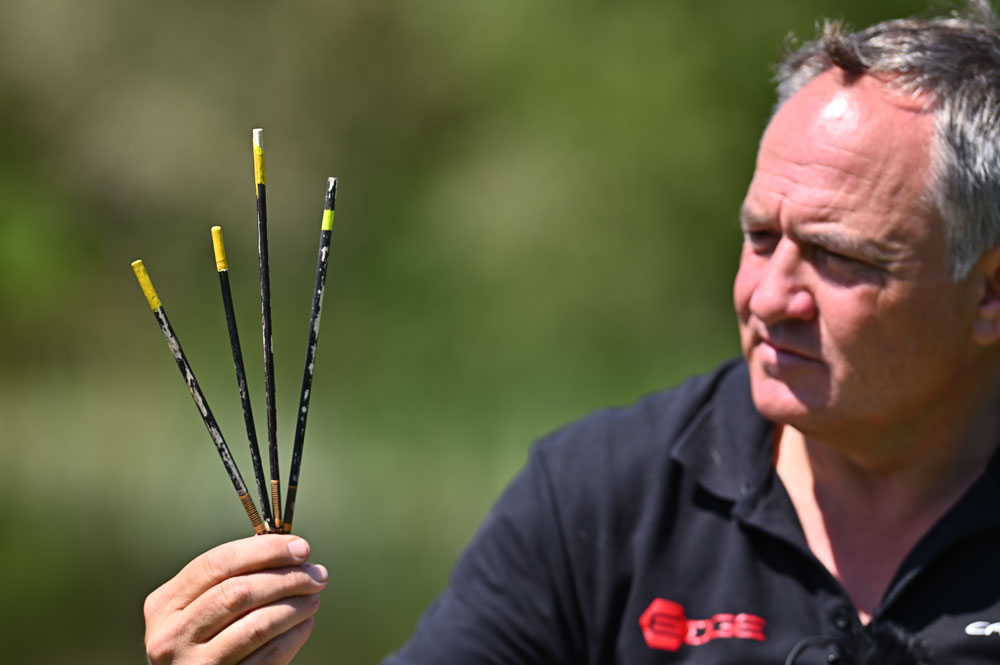
These floats are quite specialised but very useful when the biggest shot capacities are required and when dragging line on the bottom of the river. This is a great method when targeting big fish like chub and barbel when they are feeding hard on the riverbed. Dragging some line and even shot on the riverbed will slow the float down and keep the bait in the feeding zone.
The floats I use are over 30 years old and made for me by Stan Bennet. Stan was a famous float maker in the Midlands, and I would be lost without them! These floats are not loaded in any way and require some big locking shot.
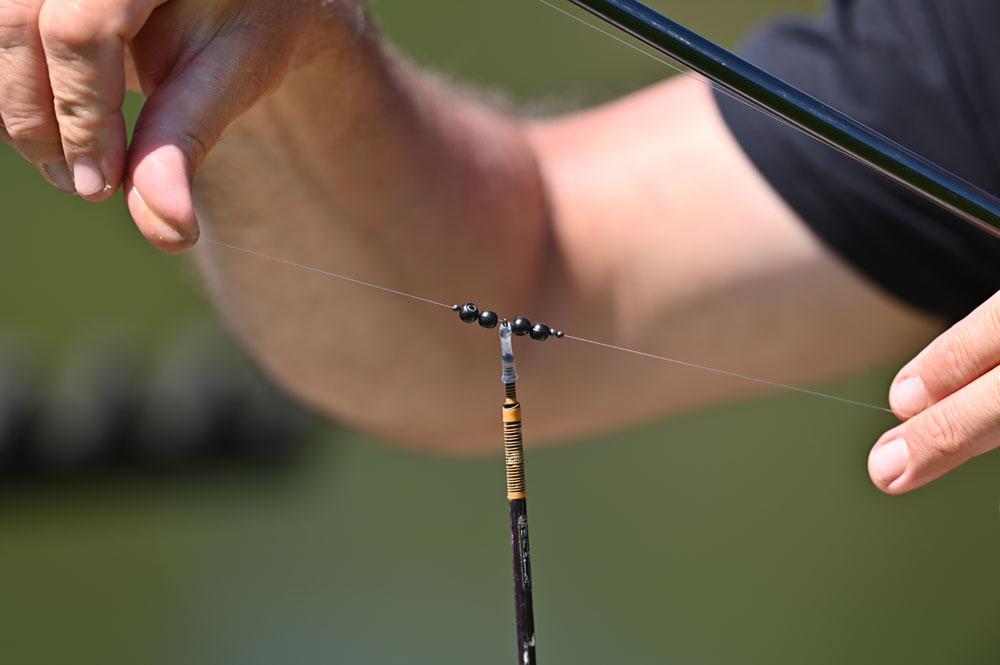
The main advantage of this big shot capacity is it allows more dropper shot to be used. Generally, when waggler fishing, I only use about 10% of the shotting capacity down the line. Use more of the shot capacity down the line, and you can start to get problems with tangles during casting as the weight down the line fights with the float.
Typically, this type of waggler requires heavier gear. I use the Edge Tackle Float Mono in 4lb and 5lb and Edge Tackle Fluorocarbon Pure or Edge Tackle Premium Mono hooklengths from 0.12mm-0.16mm.
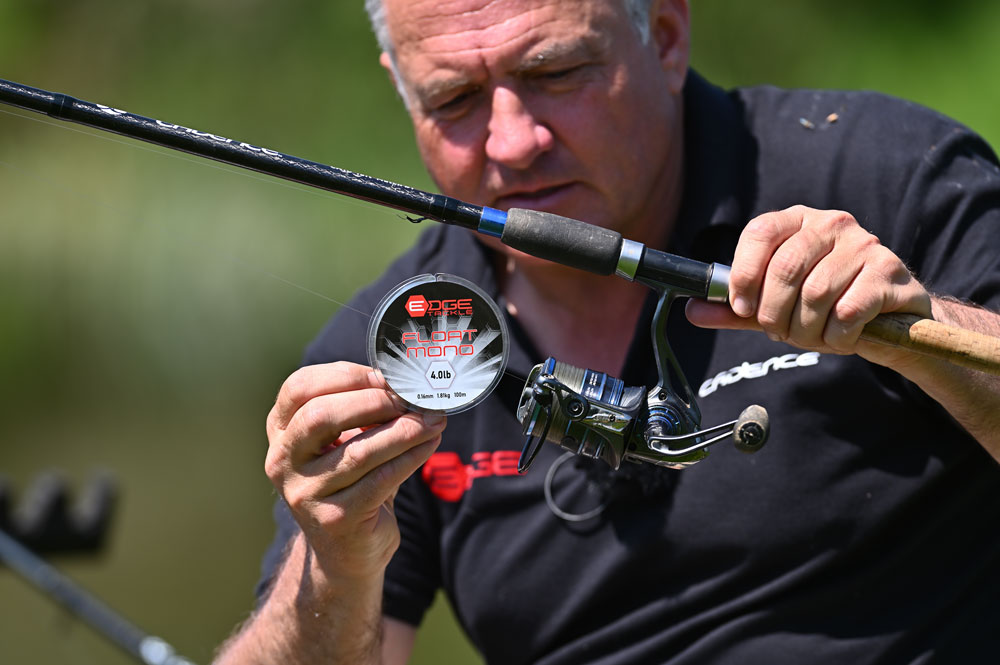
Hooks need to be stronger as well, and my favourite pattern is the Kamasan B711 in sizes from 19 to 13. I’ll also use the Drennan Wide Gape Power if I’m targeting bigger chub and barbel.
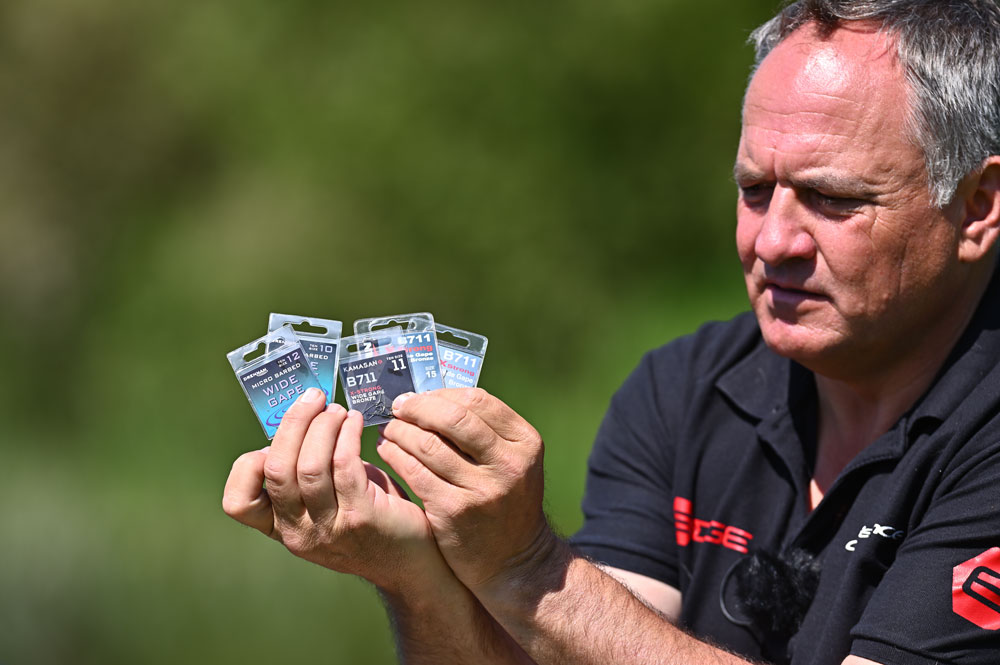
Well, I hope that helps! Cadence Fishing have a new Float Fishing on Rivers Masterclass series of videos on their YouTube Channel, you can watch the whole series by clicking here. We’ve also embedded the series at the bottom of this blog.
We are also planning some great river features on river fishing for Edge Tackle in the future too!
James’ Kit List
-
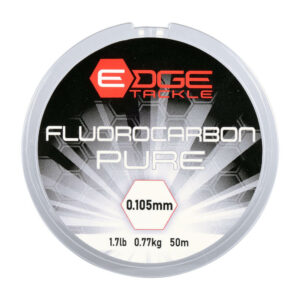 Fluorocarbon Pure£5.65
Fluorocarbon Pure£5.65 -
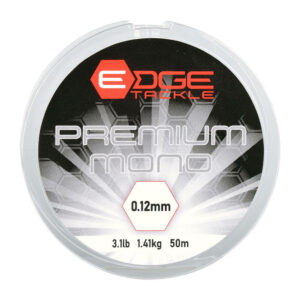 Premium Mono£3.65 – £9.95
Premium Mono£3.65 – £9.95 -
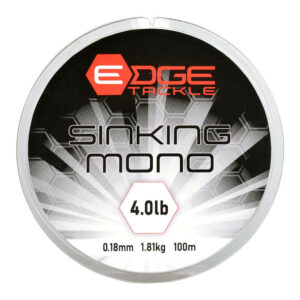 Sinking Mono£3.95 – £9.50
Sinking Mono£3.95 – £9.50 -
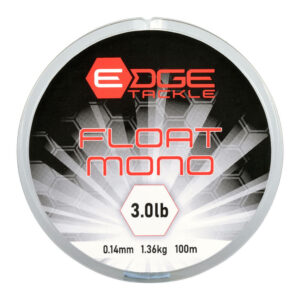 Float Mono£3.95 – £9.50
Float Mono£3.95 – £9.50
